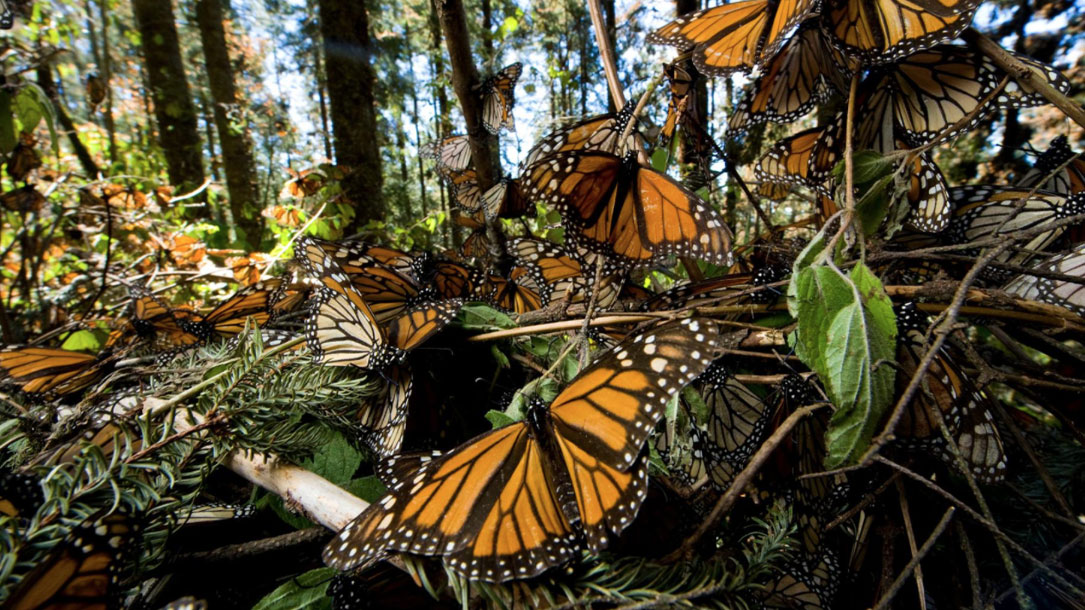
Planting milkweed won’t be enough
There’s been some good news about Monarch’s recently, yet even so, scientists have stated that climate change if left unchecked will cause irreparable harm.
It will be important to teach your community that planting milkweed may help in the very near term but the end game involves reducing pesticides and slowing down climate change.
It’s not too late to save them, but it’s a question of whether we will make the effort, scientists say…
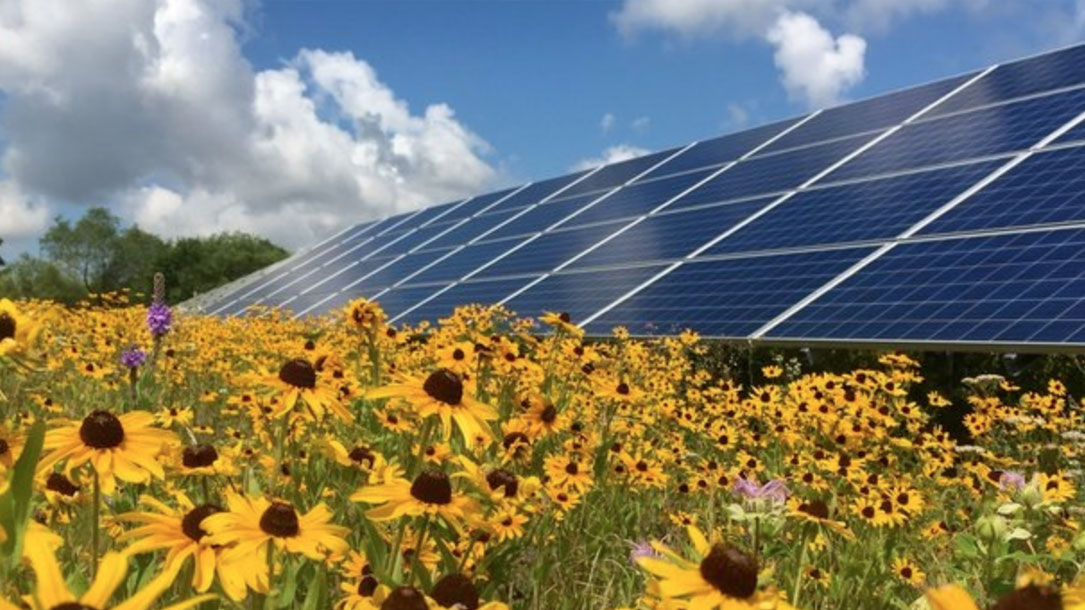
Pollinators, solar, and your land trust
There’s a major opportunity to help slow down climate change and ramp up pollinator gardens with community and large-scale solar.
The timing is critical given new research is documenting that climate change is decimating pollinators of all kinds. As one article notes, “it’s a great year for monarch butterflies [but] climate change means that won’t last.”
Limiting global warming to 1.5°C (and thus saving countless species) would require “rapid and far-reaching” transitions in land, energy, industry, buildings, transport, and cities. Global net human-caused emissions of carbon dioxide (CO2) would need to fall by about 45 percent from 2010 levels by 2030, reaching ‘net zero’ around 2050. This means that any remaining emissions would need to be balanced by removing CO2 from the air.
The good news is that solar pollinator farms can make a big difference. That’s also good news to landowners and farmers who could benefit from the regular income that solar payments provide. For many, that might make the difference between selling out or staying on the land…
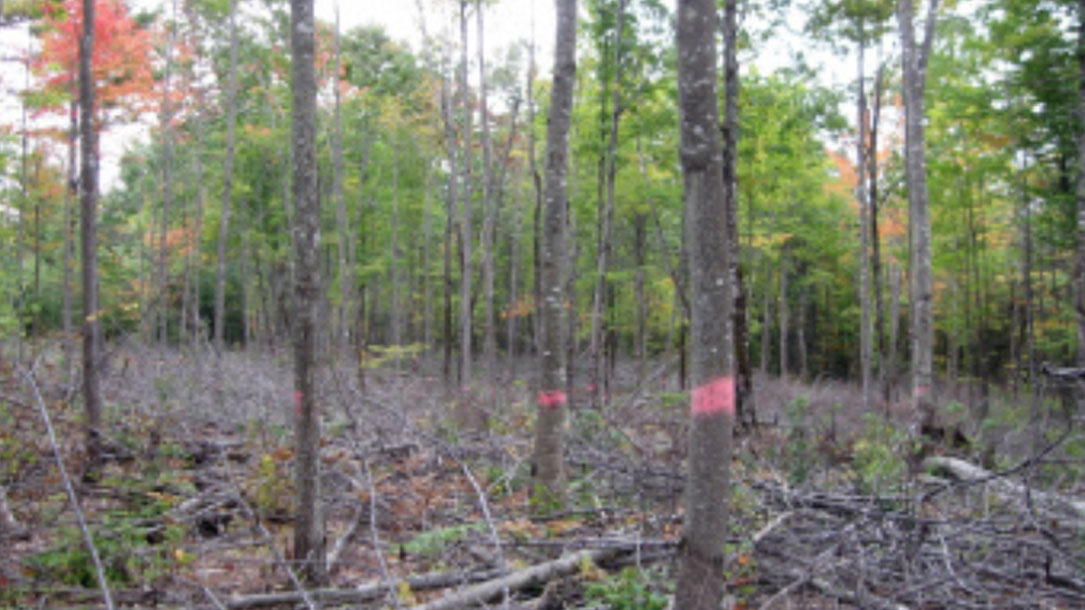
UNH research finds Maine forest management hampering ability of forests to reap climate benefits
Over the last 20 years, Maine’s forests have become younger and less dense. As a result, forests are not providing the most climate benefits that they could through carbon sequestration and storage.
However, more carbon could be stored over the next 100 years with less frequent harvests of smaller amounts of wood from each acre, according to new research from the New Hampshire Agricultural Experiment Station at the University of New Hampshire.
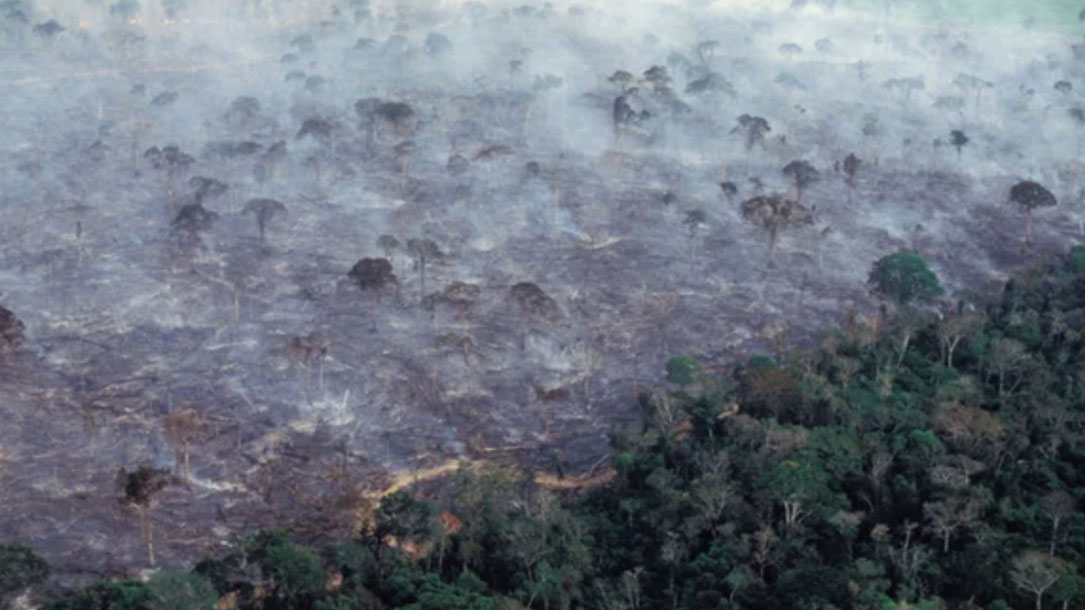
Climate change is becoming a top threat to biodiversity
Warming rivals habitat loss and land degradation as a threat to global wildlife. Climate change will be the fastest-growing cause of species loss in the Americas by midcentury, according to a new set of reports from the leading global organization on ecosystems and biodiversity.
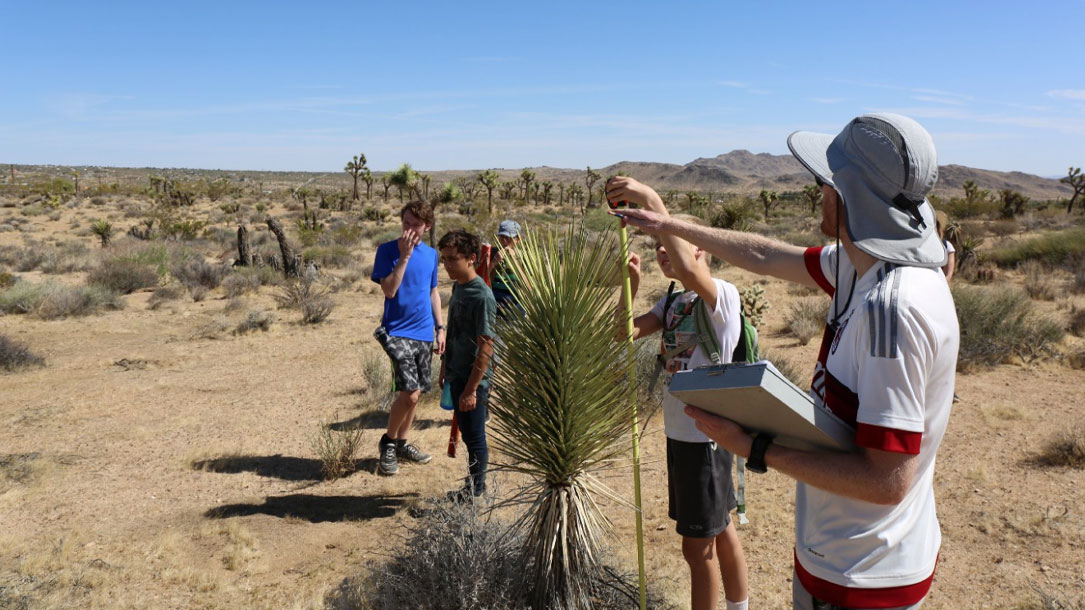
Students tracking climate change through the Joshua tree
The Joshua tree sweep is part of larger vegetation surveys looking at the entire plant community as well as the lizard population in each plot. They will return to each one over the coming years to track changes.
Dedicated crews of local volunteers act as citizen scientists, doing the monitoring once or twice a week. Some drive all the way from Los Angeles to take part. High school and college groups have been involved since 2016…

Five reasons farmers love wind & solar
If we are going to reduce coal, oil, and natural gas — to save thousands of species from extinction and avoid significant agricultural damage and loss due to extreme weather – plus find ways to make family farms viable in a changing climate, we are going to have to rethink how solar and wind are compatible with our conservation and community goals.
Check out five reasons why farmers often embrace wind and solar. Land trusts can help communities understand that the alternative to gearing towards renewables is often going out of business, selling for development, and family economic stress.
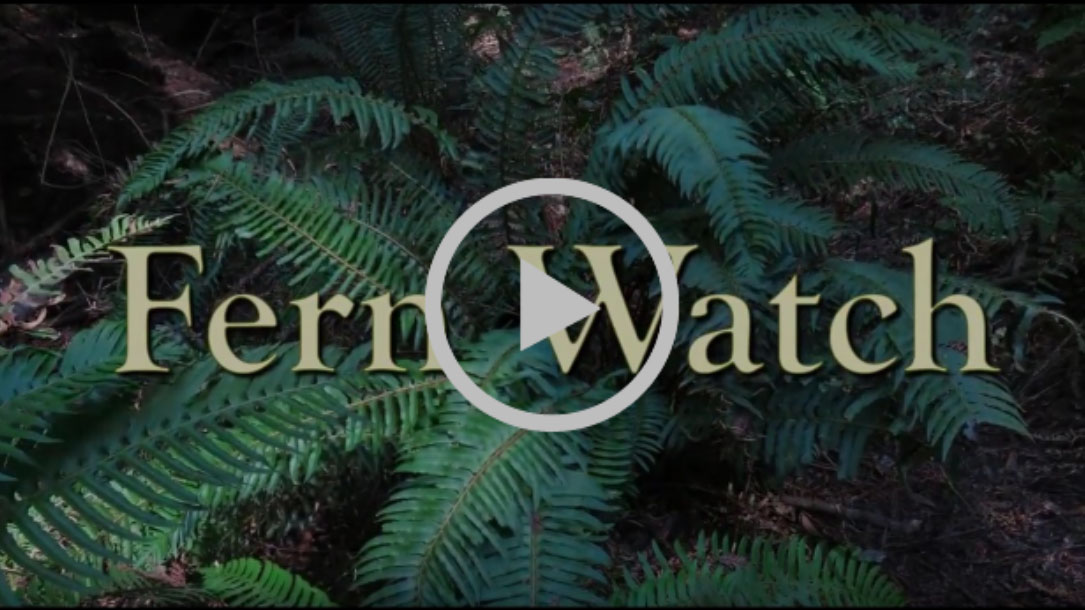
Fern Watch
Help Save the Redwoods League track climate impacts in the coast redwood forest by observing Western sword fern (Polystichum munitum). This fern is common in the world’s tallest forests and responds quickly to increases or decreases in rainfall. You can help us track changes in these ferns in your local forest by joining our Fern Watch project through the free iNaturalist App. With your help we can locate habitat most buffered from climatic extremes and focus our conservation efforts in areas resilient to climate change.
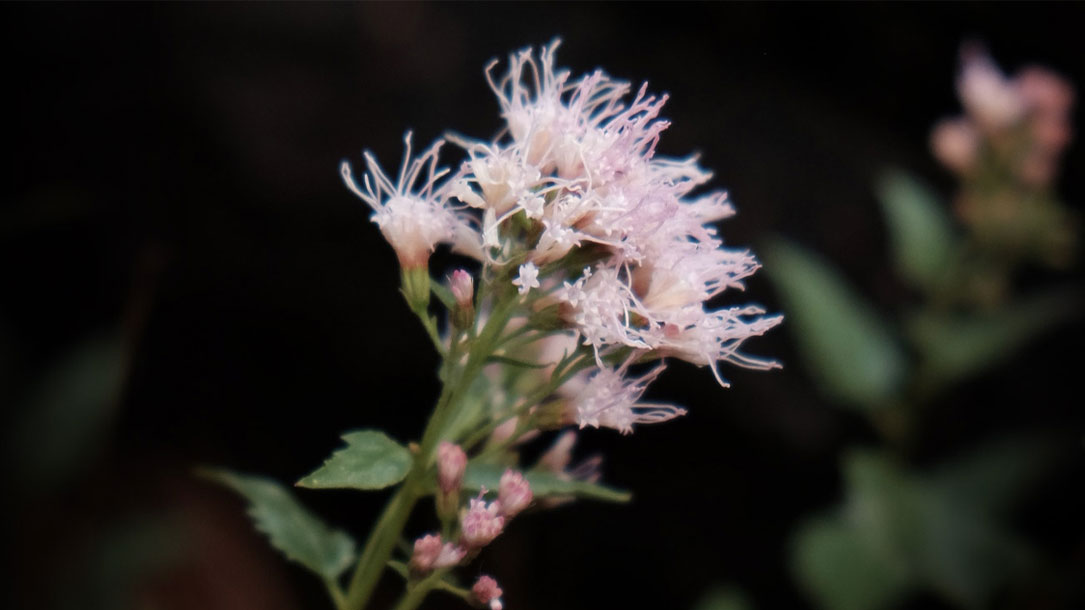
Contribute to Science
Every observation can contribute to biodiversity science, from the rarest butterfly to the most common backyard weed. We share your findings with scientific data repositories like the Global Biodiversity Information Facility to help scientists find and use your data. All you have to do is observe.
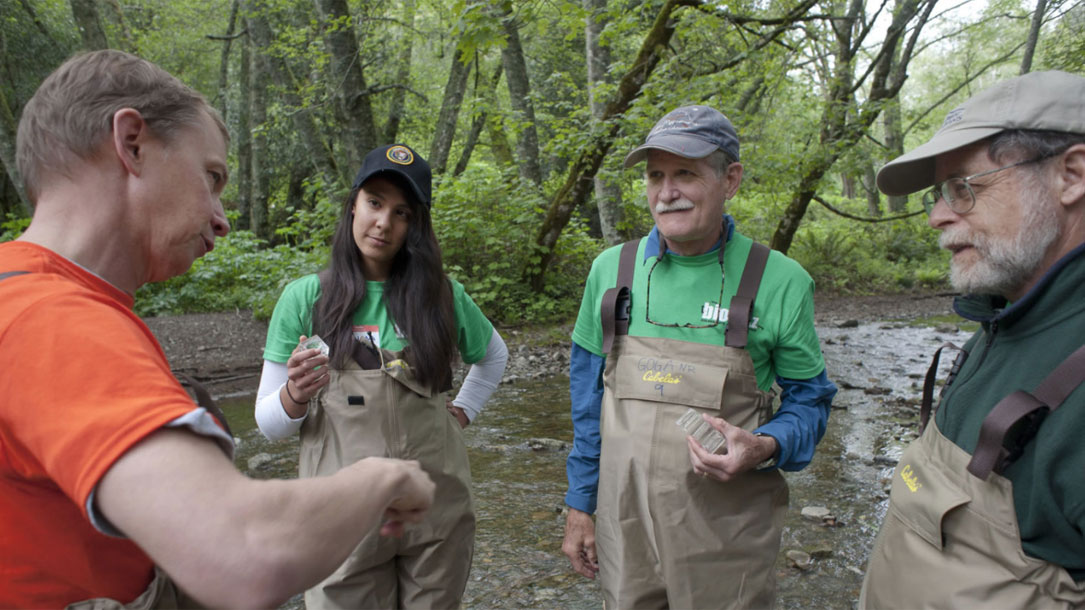
Citizen science programs, iNaturalist app, makes climate change real
Through its citizen science programs, Redwood Watch and Fern Watch, the Save The Redwoods League (a land trust in California) works with community members to help study where redwood forest plants and animals live throughout the redwood range, and track changes in the forest over time, including climate impact.
The land trust has a variety of programs centered around climate change research and uses iNaturalist to help with community plant identification. Check out the fern watch program…

Carbon markets conserve land, reduce climate pollution
Downeast Lakes Land Trust began evaluating its potential to participate in the carbon market in 2009 and entered a partnership with Finite Carbon in 2010. Finite Carbon Corporation is a forest carbon development company that partners with landowners to create and monetize carbon offsets.
Carbon offsets enabled a small, rural community land trust to conserve a large amount of land, protecting it from fragmentation and conversion to other uses…












